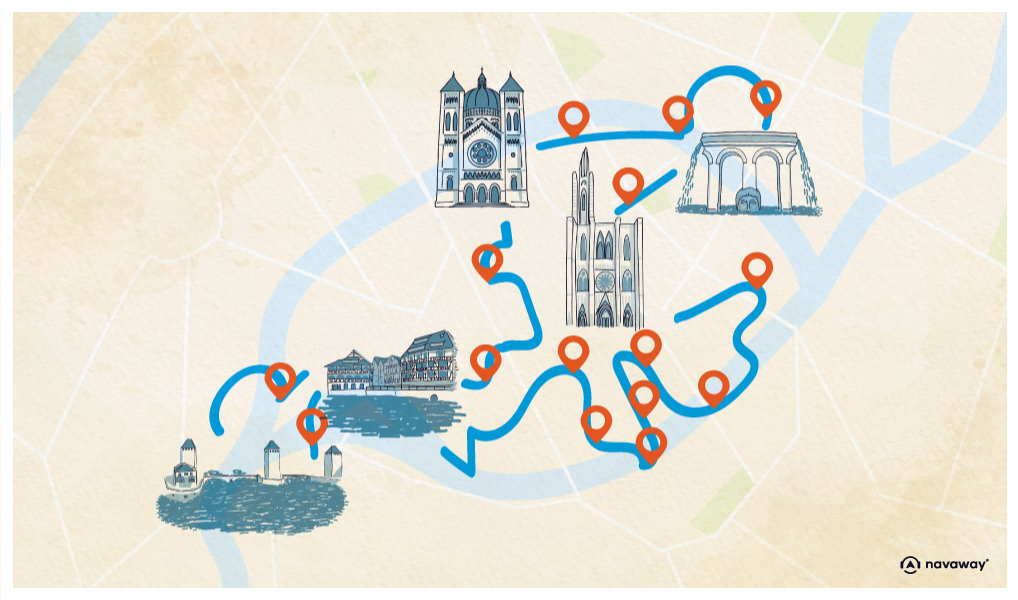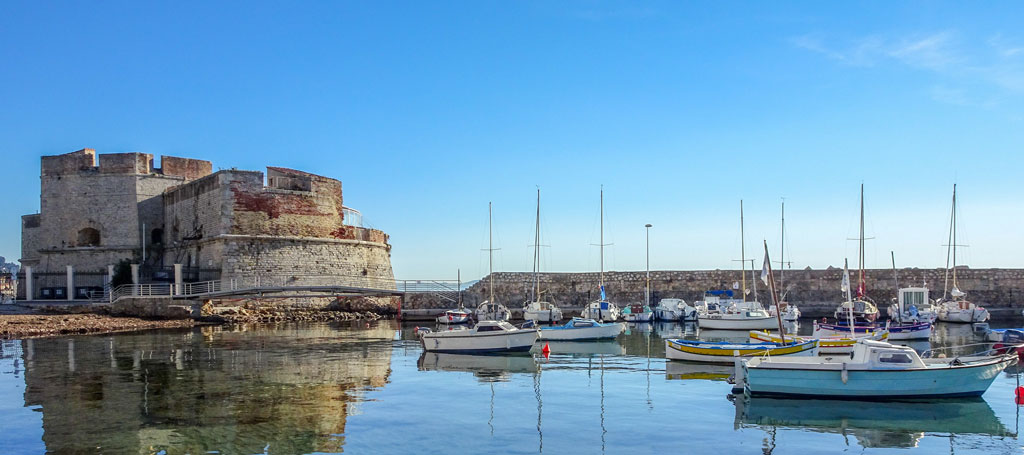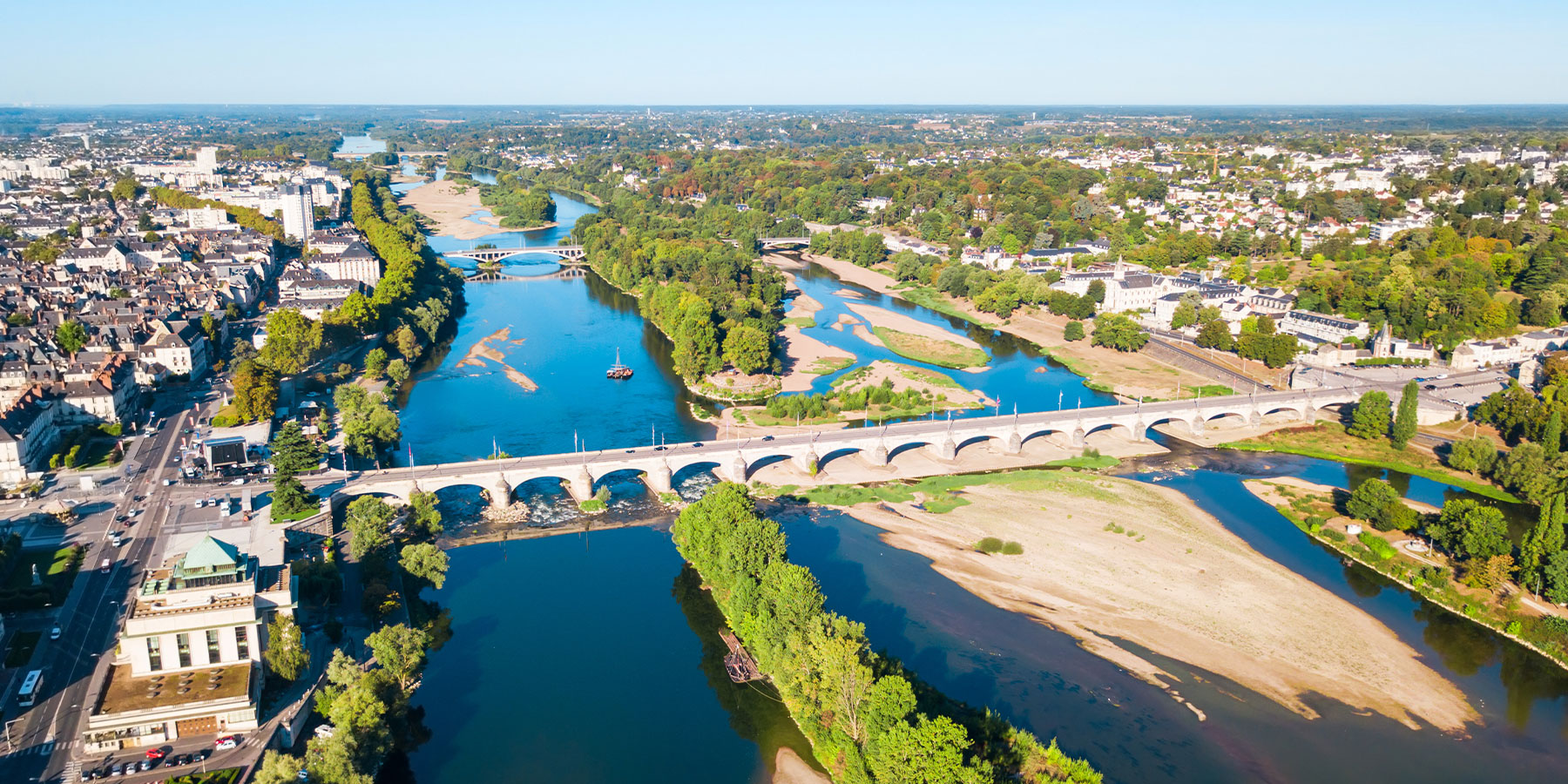
The shells of Strasbourg

This point of interest is available as audio on the tour: Visit Strasbourg, From Petite France to Greater Europe
I’d like to direct your attention to the brasserie “Au Canon”, at the corner of rue d’Austerlitz. You’ll see a peculiar canon shell on its façade, which seems to have been halted in mid-flight. There are a total of 8 shells scattered around Strasbourg. All eight of them date back to the 1870 war against Prussia, and have been found, defused and planted on building facades as a symbol of resistance. Look for them on Place du Temple Neuf, on Place de la Cathédrale, on Rue du Marché aux Grains, and in many other parts of the city. Bits of history, frozen in time and space, silent witnesses to an arduous and painful battle. 200,000 shells were fired at Strasbourg over 46 days; that’s around 300 shells an hour! It was one of the earliest examples of a siege affecting a civilian population. One third of the city was destroyed, leaving many people homeless. Strasbourg fell to the Germans in September 1870, and that’s when the locals began to place shells on the façades of their homes, as a sign of defiance towards the new occupiers. The one you’re looking at here adds a second meaning to the restaurant’s name. This brasserie is one of the oldest in Strasbourg, dating back to 1664. “Au Canon” has thus come to refer both to enjoying a drink, and to the shell inlaid on its façade. You see, in french, “boire un canon” which literally translates to “drink a cannon” is French slang for “have a drink”. Strasbourg’s brewing tradition is deeply rooted in Alsace’s heritage, and today still accounts for 60% of national production. The earliest records of beer brewing in Strasbourg date back to 961, as there’s evidence that beer was donated to Strasbourg’s Notre-Dame Cathedral for the Nativity celebrations. In the Middle Ages, brewers were mainly monks, and breweries were found in monasteries. And then, the brewers’ guild was formed. By the 16th century, Strasbourg had 6 breweries, and by the 18th century, Alsace had nearly 300! In 1847, a new fermentation technique reached Alsace, making it possible to produce the same quality of beer all year round. Breweries thus moved away from city centers to make room for cellars and steam engines. This marks the beginning of industrialization. Just imagine, in 1865 there was a train transporting beer from Strasbourg to Paris every day except Sunday. Today, there’s a renewed interest in craft beer, and more and more microbreweries are offering delicious blends. So, before you leave Alsace, be sure to taste its precious nectars – after all, you’ll be tasting history. Opportunities abound with the city’s many bars, historic landmarks like the legendary Le Tigre brewery, or the Villa Meteor in Hochfelden, and the various activities organized by the city itself. You can choose between themed treasure hunts, the Schiltigheim’s beer festival, or even workshops on how to brew your own beer!


Discover Strasbourg with app
An interactive guide through the most beautiful streets, squares, and districts
32 fun audioguides full of historical facts, anecdotes, and legends





Comments